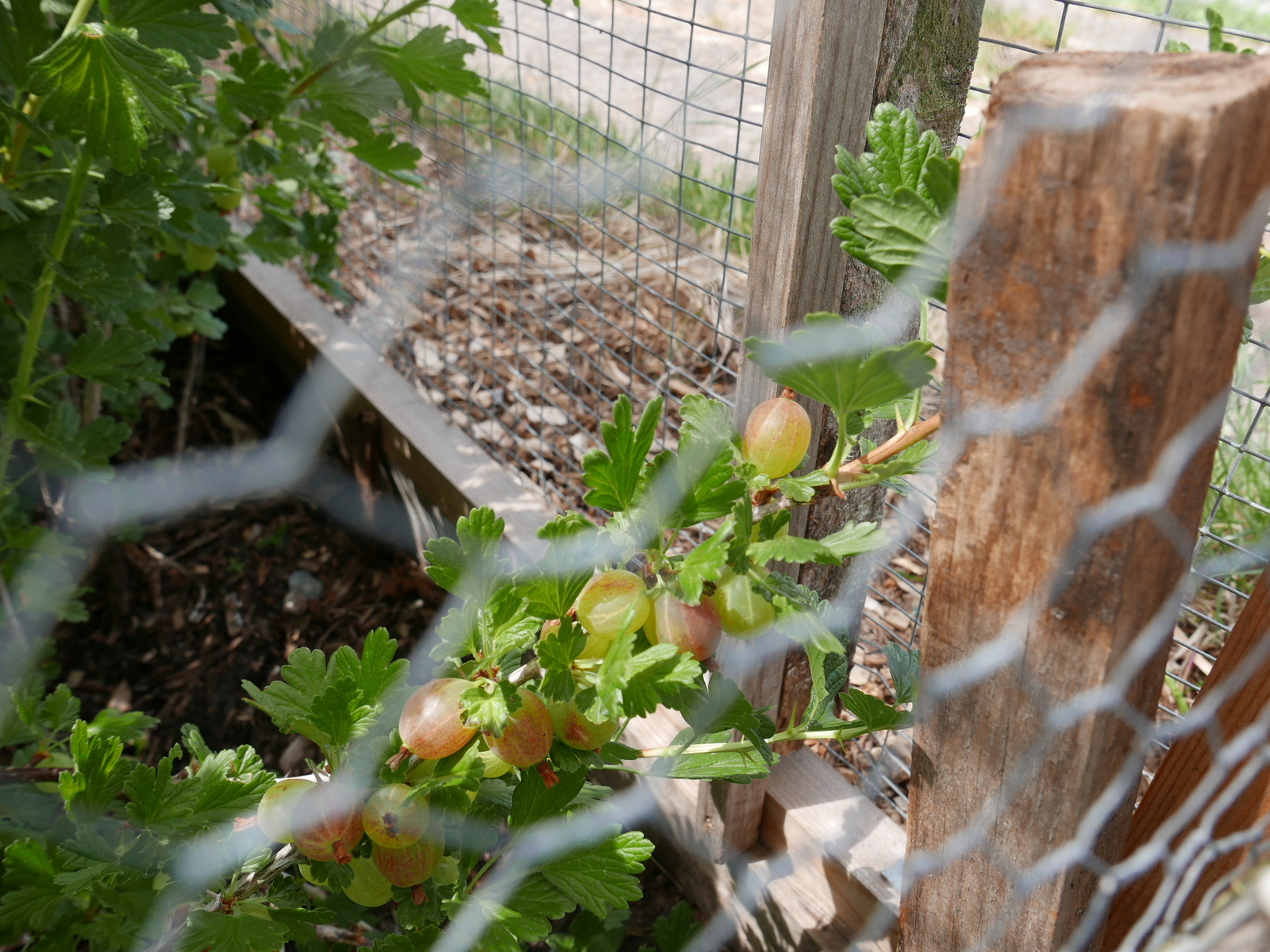Job to do - plant fennel seeds!
Friday, 26 June 2020
Tuesday, 16 June 2020
Spent Hops As allotment mulch
Britain is home to more craft breweries per head than any other country in the world. But the booming beer industry also means an increase in the waste product called spent grain.
Breweries are struggling to get rid of this by-product, but one of the solutions is to turn it into food.
WHAT IS SPENT GRAIN?
Making beer requires a process called ‘malting’ a grain (often barley), which means soaking it so it germinates, then gently cooking it.
The malted barley is then mashed to extract the protein, sugar and nutrients, leaving behind the spent grain – called ‘spent’ as it’s been used.
Despite being a by-product, spent grain is still totally edible. And, as Jamie and Jimmy discover on this week’s Friday Night Feast, it has a delicious sweet and nutty flavour.
WHY IS IT WASTED?
For every pint of beer made in the UK, the equivalent of two porridge bowls’ worth of spent grain is produced. That’s a lot of grain to find a good home for!
Currently, spent grain is often used by farmers to feed cattle and pigs. But it can be hard for brewers to find a good home for spent grain, particularly in cities – and avoid sending it to landfill.
The challenge is that spent grain is a very wet product, with up to 80% water content due to the soaking process. So, in its raw form, the grain needs to be re-used very quickly before it goes off.
Alternatively, it can be dried and stabilised – which opens up loads of new, tasty ways to use spent grain.
Breweries are struggling to get rid of this by-product, but one of the solutions is to turn it into food.
WHAT IS SPENT GRAIN?
Making beer requires a process called ‘malting’ a grain (often barley), which means soaking it so it germinates, then gently cooking it.
The malted barley is then mashed to extract the protein, sugar and nutrients, leaving behind the spent grain – called ‘spent’ as it’s been used.
Despite being a by-product, spent grain is still totally edible. And, as Jamie and Jimmy discover on this week’s Friday Night Feast, it has a delicious sweet and nutty flavour.
WHY IS IT WASTED?
For every pint of beer made in the UK, the equivalent of two porridge bowls’ worth of spent grain is produced. That’s a lot of grain to find a good home for!
Currently, spent grain is often used by farmers to feed cattle and pigs. But it can be hard for brewers to find a good home for spent grain, particularly in cities – and avoid sending it to landfill.
The challenge is that spent grain is a very wet product, with up to 80% water content due to the soaking process. So, in its raw form, the grain needs to be re-used very quickly before it goes off.
Alternatively, it can be dried and stabilised – which opens up loads of new, tasty ways to use spent grain.
Sunday, 14 June 2020
How to Plant Leeks
How Long to Keep / Best Way to Store Leeks — Fresh, Raw | StillTasty.com - Your Ultimate Shelf Life Guide:
Leek culture
-Sow leeks indoors in late winter for fall harvest. Start more leeks in August for spring harvest.
-Grow them in soil that has plenty of compost and nitrogen.
-Don’t let leeks lack for water.
-Once leeks start growing, hill them up every 2 weeks to get more of the white part.
Watering well is important. I soak my beds twice a week. Leeks that suffer from lack of moisture grow unevenly, and have a stronger taste and pithier texture.
Отсюда!
И здесь!
Sow: Staring sowing indoors in February.
Continue outdoors in April, 2cm deep.
Soil: Work in plenty of well-rotted manure the previous
autumn.
Sun: Full sun.
Grow: Harden off well before planting out, when 20cm high.
Wednesday, 10 June 2020
My allotment Jun 2020.

1.tomatoes under the bell and phlox.

2.dahlias in memory of my grandmother

3. Salvia/Common sage.
It is a member of the mint family Lamiaceae and native to the Mediterranean region.

4.

5.- cucumbers under the bell
- dahlias
- thyme
- lovage

6.

7.Thyme

8.Thyme

9.

10.

11.

12. raspberry

13. Three sisters planting: corn, beans, pumpkin.

14. corn, peas.

15.

16. dahlias

17. potatoes, onions

18. blueberry

19. blueberry

20. redcurrant...eaten by birds!

21. blackcurrant

22. blackcurrant

23. potatoes

24. horse manure...not to use horse manure on flowering plants!
Use it on non-flowering corn, potatoes, garlic, and lettuce; but not on tomatoes, peppers, flowers, and such.
If you have a source of fairly fresh manure in volume, consider using it as a hot bed as an alternative, making use of the warmth whilst rotting down.

25. asparagus

26.onions

27. gooseberry

28. beans

29.

30.

31.

32.

33. salad leaves

34. cucumbers under the bell

35. rhubarb, grape

36. figs

37.

38. - Lovage plants (Levisticum officinale) grow like weeds.
The young leaves of this perennial herb are ideal for adding to salads, soups, stews and potato dishes, while blanched shoots can be eaten as a vegetable, and the roots are edible as a cooked vegetable or raw in salads.
The stalks can be candied like angelica, while dried leaves can be used to make a tea.
- grape
- seedlings
Wednesday, 3 June 2020
Subscribe to:
Comments (Atom)










